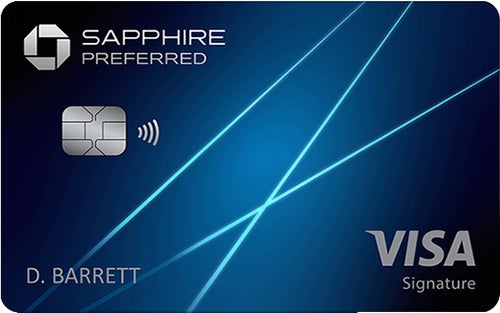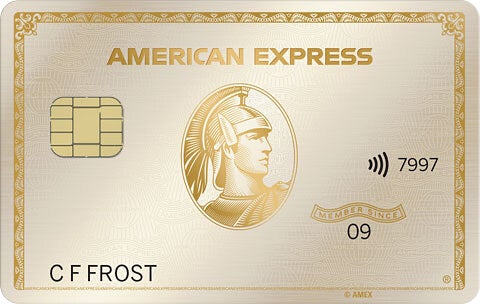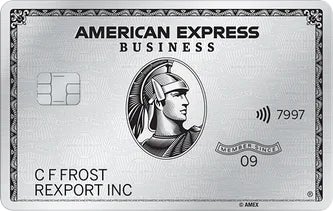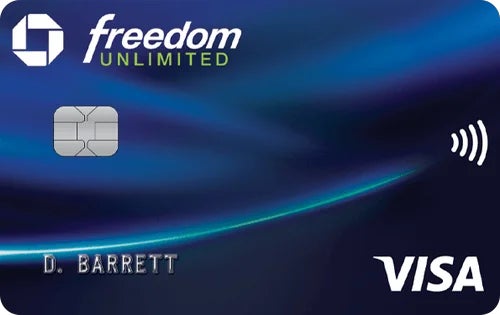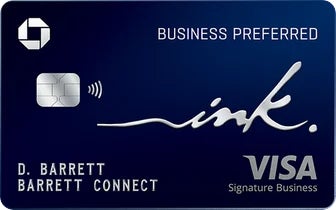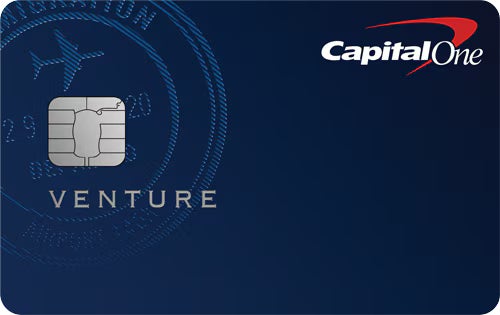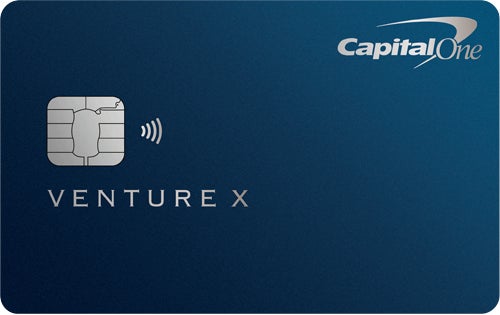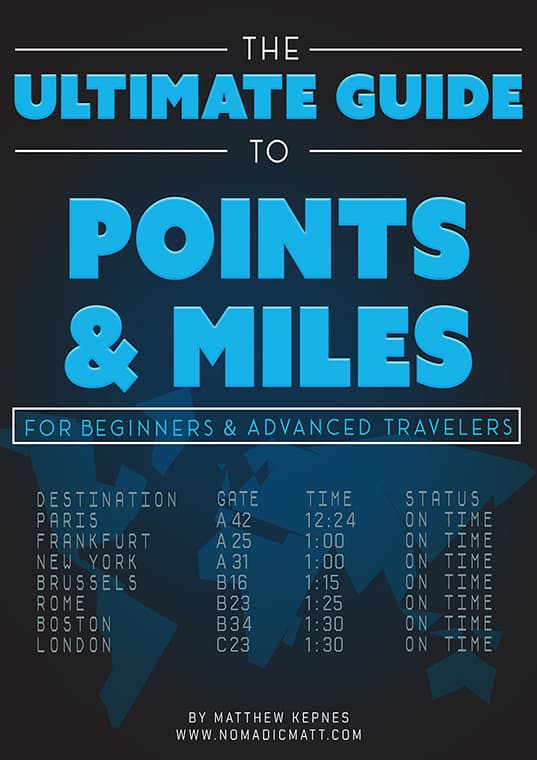The Ultimate Guide to Picking the Best Travel Credit Card
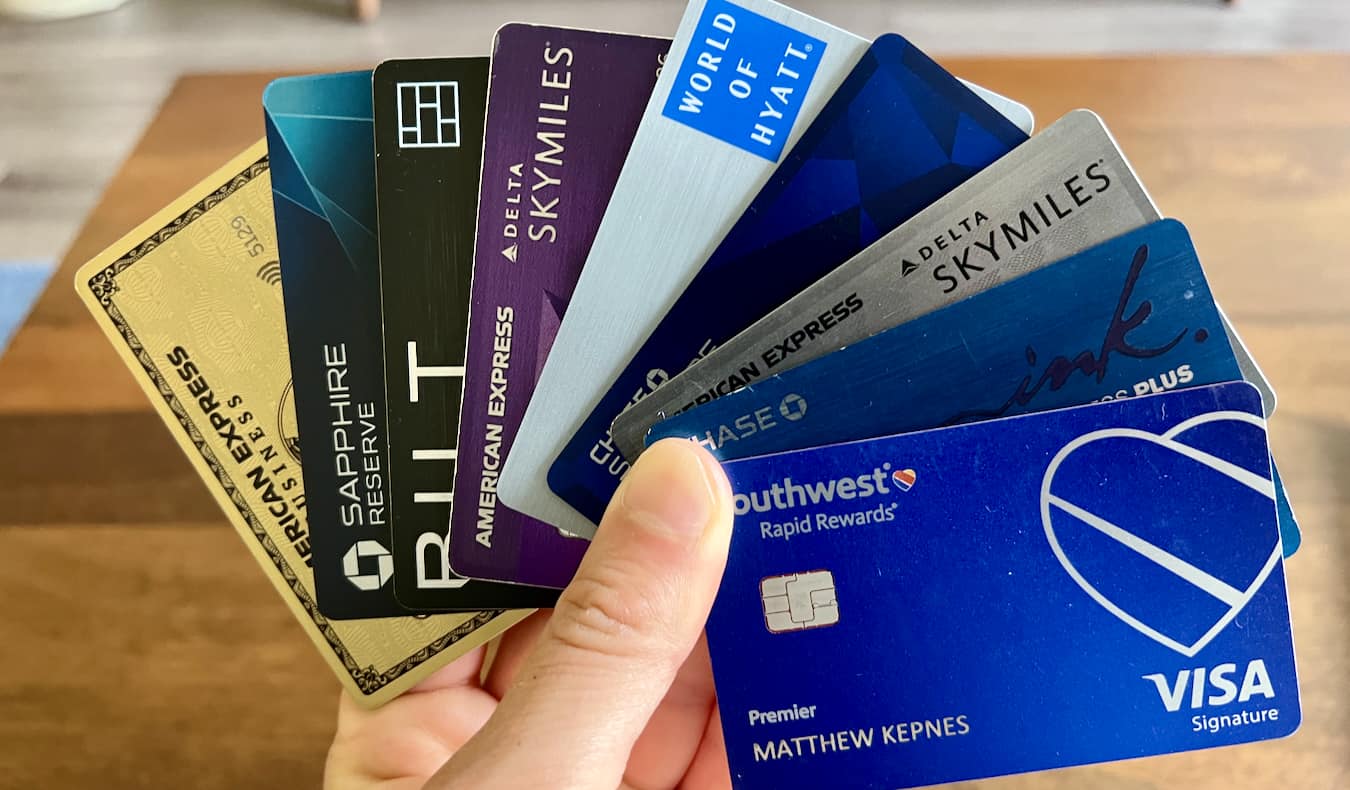
Terms apply to American Express benefits and offers. Enrollment may be required for select American Express benefits and offers. Visit americanexpress.com to learn more.
Here in the US — as well as much of Europe — cash is no longer king. Credit cards have stolen that title and are used by people to pay for everything from new cars to a pack of gum.
We love credit cards in the US. You see ads for them plastered all over cities, TV, and online. Your bank likely calls and emails you with credit card offers all the time too. I can’t count how many unsolicited card offers I get in the mail — and no matter how often I say stop sending them to me, they continue like a deluge!
These days, there are HUNDREDS of travel rewards credit cards. With so many cards to choose from, it’s hard to know which ones are actually good for travel and which are not worth your time.
It can be especially confusing trying to navigate all the welcome offers, loyalty programs, perks, offers, arcane rules, and hidden fees of credit cards.
It’s so complex most people just pick the first one they see and call it a day. Or, even worse, they just give up and use a debit card instead!
Don’t be like them.
Be a better and smarter traveler.
Travel credit cards are an incredible tool you can use to earn free flights, travel perks, and hotel stays — and all without spending extra money.
Sound too good to be true? Don’t worry, it’s not.
In this article, I am going to tell you how to easily pick the best credit card for travel so you can maximize your points and earn free travel — because it’s a lot easier than you think!
Quick Overview: The Best Travel Rewards Cards
Don’t want to read this entire post? Fine. I get it. Time is important! So here’s my quick list of favorites by category!
Travel credit cards offer a great opportunity to earn free points that can be redeemed for airfares, hotels, or cold hard cash. In the race to get customers, credit card issuing companies partner with various travel brands (or just simply offer their own card) that entice consumers with a welcome offer, loyalty points, special discounts, and more.
Their desire to get you, the consumer, is really your gain. By milking the system, you can get tons of free air tickets, hotel rooms, and vacations, or choose to get cash back.
I’ve accumulated close to one million points through welcome offers alone. I get so many points each year; it would take an entire book to just list them off to you.
And, as long as you can pay your credit card off each month, you’ll be able to accrue points and miles that you can redeem for free travel.
The tricky part is finding the card that works for you, your travel goals, and your budget.
So how do you pick the best travel-related credit card? Here’s how:
Table of Contents
Step 1: Know There is No Perfect Card
The first thing you need to know is that there is no perfect travel card. Every card offers different benefits that will fit different lifestyles, budgets, and travel goals.
I use an American Express® card for booking flights, Chase Sapphire Reserve® for my everyday spending, a different Chase card for my phone bills, and the Ink Business Preferred® Credit Card for my business expenses! I have friends who only want cash back and others who only want United miles.
There is no perfect card. There is only the perfect card for YOU!
Start off by asking yourself, “what is my goal?”
Are you interested in loyalty to a brand, free rewards, or avoiding fees? Do you want to milk the rewards and welcome offers to get free flights or do you just want a card that won’t charge you a fee for using it at that restaurant in Brazil?
Is elite status the most important perk for you? Do you want points you can use for anything, like cash?
If you just want points to spend wherever you choose, get a card with transferable points. These valuable points can be transferred multiple airlines or hotel partners and used to book travel directly through their sites.
Just want free hotel rooms? Sign up for hotel cards.
Want miles that can be used like cash? Get a Capital One Venture Rewards Credit Card.
Personally, I dislike Hilton and never fly United so I don’t waste time getting their points.
I don’t like cashback cards because I travel so often that points — not cashback — are more useful for me.
Using credit cards that get me airline miles or that have good transfer bonuses to airline programs is what I go for.
Find your goal and then find the cards that match your goal as well as your spending habits. By first focusing on what you want, you can maximize your short-term goals as you get the hang of how it all works.
Step 2: 5 Really Important Things to Look for in a Travel Rewards Credit Card
Comparing credit cards can be a little overwhelming. To help you stay focused and ensure you get the best card for you and your goals, here are the six things I look for in a new card:
1. A huge welcome offer — The best travel cards offer you a sizable introductory offer. You’ll need to meet a minimum spending requirement (usually within the first few months) but it will be these welcome points that jump-start your mileage account and get you closer to a free flight or hotel stay.
Sometimes these offers are even big enough to get you a few free flights right off the bat! Don’t sign up for a card unless it offers a high welcome offer.
As a general guide, welcome offers work like this: in order to receive the large introductory offer, you must make either a single purchase or meet a minimum spending threshold in a certain time frame (i.e. spend $3,000 within three months). After that, depending on the card, you can earn 1-5x points per dollar spent.
Typical travel credit card welcome offers range between 40,000 to 60,000 points, though sometimes they can be as high as 100,000. That’s why cards are so great—you get an instant balance of thousands of points for very little work.
If you’re not sure you’ll be able to make the minimum threshold for the welcome offer, ask around to see if any friends or family are planning a large purchase. If they’ll let you put it on your card (and then pay you with cash) you can easily meet the minimum spend threshold to earn your welcome points.
2. Low spending minimum — Unfortunately, in order to get the great bonuses these cards offer, there is usually a required spending minimum. While there are ways to temporarily boost your spending, it’s best to be able to get the bonus using normal day-to-day spending. I typically sign up for cards with a minimum spending requirement of $1,000–3,000 USD in a three- to six-month period.
While you shouldn’t necessarily avoid high-minimum spending cards as they have substantial rewards, it’s a good idea to start small because you don’t want to get stuck with so many cards that you can’t meet the minimum spend. Only apply for cards that you can meet the minimum spend on to qualify for the welcome bonus.
Managing your ability to meet the minimum spending requirements is key because if you are spending more money than you usually do just to get these points, the points are no longer free. Only spend what you normally would and not a penny more.
If you’re looking for ways to meet your minimum spending requirements, check out my guide for some clever ways.
3. Added category spending bonus — Most credit cards offer one point for every dollar spent. However, good credit cards will give you extra points when you shop at specific retailers, or, if it is a branded credit card, with a particular brand. This will help you earn points much more quickly.
I don’t want one dollar to equal just one point. I want the ability to get two or three points every time I spend a dollar.
For example, some cards give you 3x points for travel and dining at restaurants, while others give 5x points on airfare. I can get added points when I use co-branded card to book with that company (i.e. Delta flights with a Delta card).
That’s what you want. Never accept one point per dollar spent. Look for at least two. (Some cards even offer up to 6 points per dollar spent.)
Otherwise, it will take way too long to accumulate enough points for free travel.
4. Have special travel perks – All of these travel credit cards offer great perks. Many will give you a special elite loyalty status or other extra perks. Here are the perks I prioritize:
- No foreign transaction fees
- Free checked baggage
- Priority boarding
- Free hotel stays
- Lounge access
Using travel credit cards is not just about just getting points and miles, it’s about what else comes with these cards that make my life easier!
5. Low annual fees – No one likes paying annual fees for credit cards. Many of the fees for company branded credit cards range from $50-$95 per year. For those who travel a lot and fly a lot, I think it is worth it to get a card with a fee.
Fee-based cards tend to give you a better rewards scheme, where you can accumulate points faster, get better access to services and special offers, and get better travel protection. With these cards, I have saved more money on travel than I have spent on fees.
That said, some of the premium cards that have fees of $500 or more a year are always worth it the first year since you get the sign-up bonus and, if you use the card benefits a lot, can be worth it in subsequent years too. Do the math because if you’re getting double the value from the card, a $500 yearly fee card is worth it then!
6. No foreign transaction fees – Credit cards are great to use when you are overseas because you get the best possible exchange rate from them but if you are paying a fee every time you use the card, then it doesn’t become as good. Nowadays there are so many cards offering no foreign transaction fees that you should never, ever, ever get a credit card with a foreign transaction fee. NEVER!
Does Opening A Lot of Credit Cards Hurt My Credit?
While it’s true that opening and closing a lot of credit cards at once can hurt your credit, applying for a few credit cards over a period of time won’t kill your credit score. Your credit score will slightly dip every time there is an inquiry into whether that is a credit card or home loan or car loan. It’s how the system is set up.
But so long as you space out your applications and pay your bills each month, you won’t find any long-term damages to your credit. Your credit rating rises over time as long as you maintain it. You aren’t going to have a bank officer tell you years from now, “Sorry, because you canceled three credit cards in 2020, your loan is denied.”
I once cancelled four credit cards in one day and the impact on my score? Nothing.
I currently have a few dozen credit cards, a credit score of 825, and have been approved for a mortgage. Having lots of credit actually helps your credit score because you improve your debt to credit ratio. This is the most important factor in your credit score. If you keep your balances low and have a lot of available credit, you look like less of a credit risk to banks and your score goes up!
So, as long as you’re paying your monthly balances and spreading out your credit card applications, you’ll be fine. Unless you’re planning to make a big purchase in the near future (like a house or a car), you don’t need to worry about the small dip your credit rating might take.
What If You Have Poor Credit?
Many travel rewards cards are only available to those with a high credit score, and if you have a low score (650 or less), you may find yourself being declined often and limited in your options.
There’s no magic bullet to suddenly fixing your credit score. If you have a low credit score, you need to build it back up. There are ways to do that and point-earning cards that can get you there.
Here are five ways to improve your credit score:
- Go to AnnualCreditReport.com and get a free copy of your credit report. This site lets you know what your credit score is so you can see what areas you need to work on.
- Dispute any incorrect information on your credit report with the credit reporting agencies (Experian, Equifax, and Transunion). Don’t let mistakes bring you down.
- Get a secured credit card. These cards require you to put down a cash deposit, think of it like a pre-paid credit card (or a credit-card-in-training). If you decide to put $500 USD in your secured credit card, you can use up to $500 USD each month and then pay it off. Spending and paying off your balance in full each month is a good way to build up your trustworthiness. A good secured card will have automatic reporting to the three major credit bureaus. This will help you build a good credit history and increase your score. Check with your local bank or any credit card issuer to see what they offer, or check out this list of the best credit cards for bad credit. Over time, you can raise the limit and this will raise your score allowing you to move to a regular credit card.
- Become an additional cardholder (authorized user) on the card of someone else with good credit. Essentially, this is like if that person was vouching for you. It can instantly improve your credit score. Warning: Your missed payments will also appear on their account, so don’t add someone or have someone add you if they aren’t on top of their finances. This works both ways!
- Pay all current bills on time and don’t get into more debt. Additionally, move any existing debt to low- or zero-interest cards.
Credit scores improve over time but they don’t take forever — and you don’t need to be debt-free to make it happen. A few smart months of money management and you’ll see your score rise.
All financial institutions have products for people with poor credit. Moreover, ask your local credit union if they have any prepaid cards. Get them and constantly work at it. If you’re passive, it won’t improve, but if you push the banks and prove you’re not a risk, you’ll soon be getting the good cards that include better offers!
You may not get the best deals or cards right away, but you will eventually. It just takes time.
The Best Travel Rewards Credit Cards
With so many credit cards to choose from, which ones do you pick? Well, the short answer is all of them. Grab as many as you can. Why put a limit on how many points you can get?
But the longer answer is don’t get more than you can manage. Build it all up slowly. Here is a list of my favorite travel credit cards:
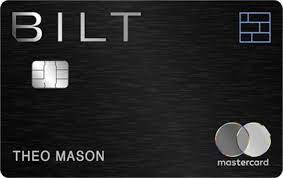
The Bilt Mastercard®
Getting a travel credit card is simple and easy to do when you follow the steps above. Once you know your goal, you can easily find the card that matches the goal and the perks you want. Don’t leave money on the table! Get a card, collect points, save money when you travel, and learn to travel for free!
Want More? Learn How to Travel for FREE with My Book!
- How to spot and get the best earning cards
- How to master the ins and outs of loyalty programs
- How to maximize your everyday spending for bonus points
- The secret art of earning points for free
- How to always find an award flight or hotel room
- Where to discover the best travel deals
- The tools and resources travelers use to unlock secret fares and deals
- Step-by-step cheat sheets
Opinions, reviews, analyses & recommendations are the author’s alone, and have not been reviewed, endorsed, or approved by any of these entities. This page does not include all card companies or all available card offers.
Eligibility and Benefit level varies by Card. Terms, Conditions, and Limitations Apply. Please visit americanexpress.com/benefitsguide for more details. Underwritten by Amex Assurance Company.

